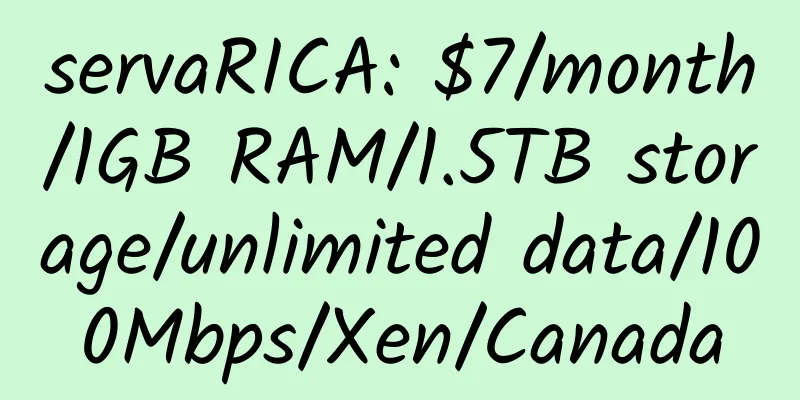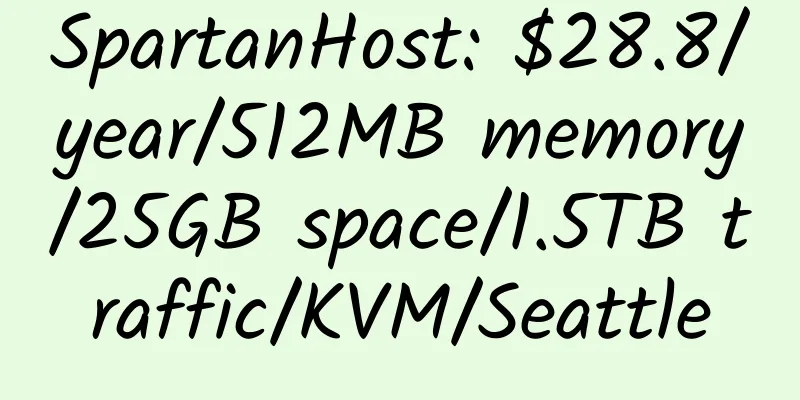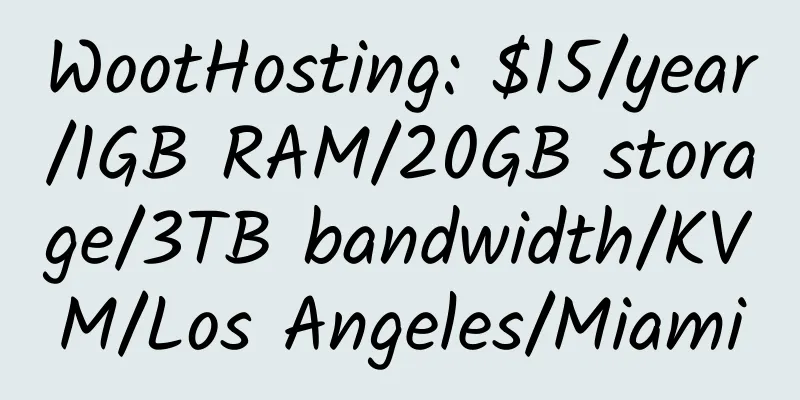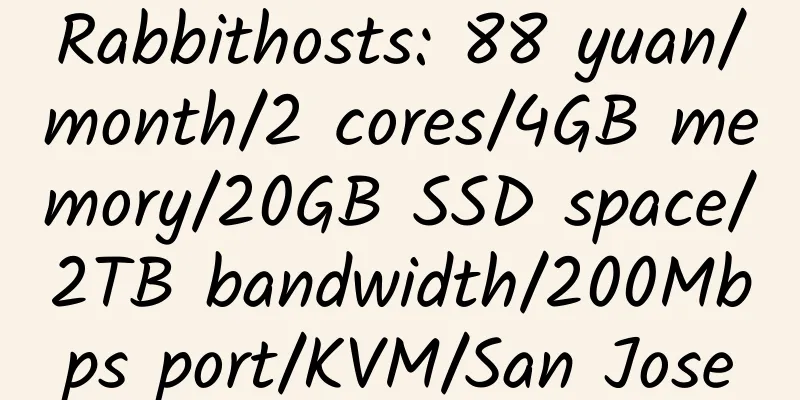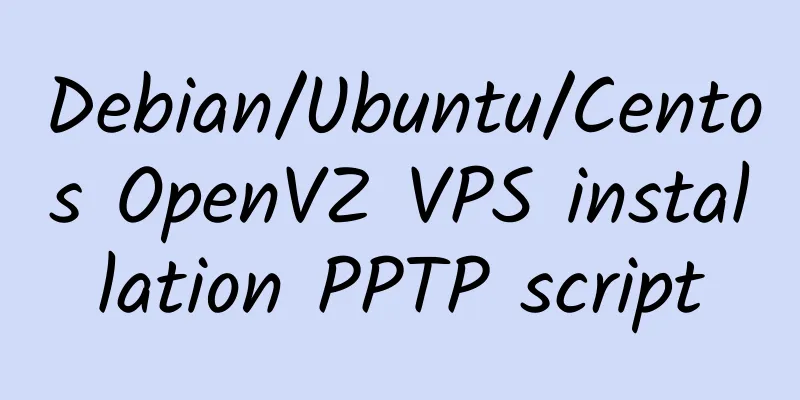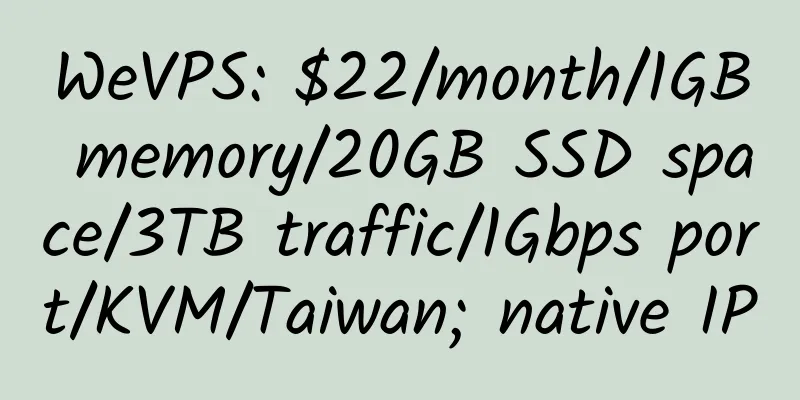Introduction wdCP is the abbreviation of WDlinux Control Panel, which is a Linux server management system and virtual host management system that controls and manages servers through the WEB. It is designed to make it easy to use the Linux system as our website server system, and the common management operations of the Linux server can all be completed in the background of wdCP.
Features
wdcp includes server management, website management (website, FTP, mysql database), and file manager as follows:
Server management capabilities
1 Support apache, nginx. nginx+apache, directory access restrictions, perfect solution to the problem of cross-site access using scripts, improve security.
2 View system resources, running time, system load, memory usage, and top information online
3 Online connection management, connection statistics, single IP connection, connection status statistics, web connection, mysql connection
4 Online management system services, stop, start, set up with the system startup
5. Online port management, can detect open ports and close ports
6 Online process management, view process, terminate process KILL
7 Set IP address online, add, delete
8 Online memory management, check memory usage, and release memory online
9 Set the DNS IP address used by the server online
10 Execute shell commands online, such as ifconfig, ls, date, etc.
11 Check disk usage online
12 Online file management, can edit, modify, package, decompress, modify properties (see below for details)
13 View system logs, ssh login logs, ftp logs, etc. online
14 Restart the server online, shut down, and restart related application services, such as web, mysql, ftp, ssh
15 Set common parameters of mysql and php online, and edit configuration files directly online
16. Set up firewall (iptables) online, add rules, open IP, port, limit IP access, etc.
17 Set up selinux security configuration online
18 Online management of ssh, port modification, root user login restriction, DNS interpretation, public key login and password setting
19 Set the ping value online to protect the server security to a certain extent
20 Direct online background upgrade, convenient and easy to operate
21 Added general user management (can modify FTP user password, MySQL database password, domain name binding)
22 Increase the network card traffic and check the actual
Website management features
1. Create a new website, modify, delete, set the default homepage, log records, domain name binding, secondary domain name binding, etc. (website files are uploaded to the public_html directory under the FTP main directory)
2 Support online setting of rewrite rules, addition, modification, and deletion (please note that incorrect rewrite rules may cause the website to fail to open, which happens more often)
3 Support online setting of 400, 401, 403, 404, 405, 500, 503 error redirection pages (the content of this page is in public_html/errpage/ under the FTP main directory and can be modified by yourself)
4. You can bind the secondary domain name online and use it to create a site
5. FTP user management: you can create FTP users, modify passwords, delete, and limit FTP space size.
6 MySQL user management, you can create an independent MySQL database, modify and delete passwords, etc. You can limit the size of MySQL usage, and for more functions, you can use phpmyadmin
7 Backend integration of phpmyadmin to better manage mysql
8 Support website, database, FTP online package backup
Online File Manager
1 Can edit, modify, delete, package, unpack, modify permissions/attributes, owner, all groups
2 Online packaging/decompression (support .tar, tar.gz, tgz, bz2, zip formats), download
3. Support online file editing
4 Use the Recycle Bin function to increase security. All deleted files (background operations only) will be temporarily stored in the Recycle Bin to prevent accidental deletion, misoperation, etc.
5. Clean the recycle bin regularly (for security reasons, this content can only be deleted using ssh, scp, WinSCP3 and other tools)
6 Support remote download of files, and can directly download remote files on the server
7. Create files and folders online Installation Steps wdcp supports two installation methods
1 Source code compilation This installation is more troublesome and time-consuming, usually ranging from 20 minutes to an hour, depending on the machine configuration
2 RPM package installation is simple and fast. If the download is fast, it can be completed in a few minutes.
Source code installation (ssh login server, perform the following operations, need to be installed as root user)
wget http://dl.wdlinux.cn:5180/lanmp_laster.tar.gz
tar zxvf lanmp_laster.tar.gz
sh in.sh
4 optional installations, as shown below
1, 2, 3 are independent installation environments, and you cannot freely switch between nginx, apache, and nginx+apache application environments
4. Install all, and you can freely switch between nginx, apache, and nginx+apache in the background of wdcp
Uninstall (be sure to back up your data, otherwise you will be at your own risk)
sh in.sh uninstall
You can
RPM package installation
wget http://down.wdlinux.cn/in/lanmp_wdcp_ins.sh
sh lanmp_wdcp_ins.sh
You can
RPM package installation supports systems: CentOS 5.X/wdlinux_base 5.X/wdOS 1.0, CentOS 6.X, 32-bit and 64-bit
Uninstall (remember to back up your data)
sh lanmp_wdcp_ins.sh uninstall
After installation, the default background management address is as follows
http://ip:8080
Username: admin Default password: wdlinux.cn
MySQL default management username: root default password: wdlinux.cn
Related instructions All software installation directory /www/wdlinux
Site Configuration File
/www/wdlinux/nginx/conf/vhost
/www/wdlinux/apache/conf/vhost
Database configuration file /www/wdlinux/etc/my.cnf
Database data file directory /www/wdlinux/mysql/var
Possible issues
1 When logging in, the system prompts that the time has expired. Check whether the system time is the current time.
2 Reopen IE after reinstalling, otherwise there will be session error prompts
wdCP official website: http://www.wdlinux.cn/wdcp/ |



